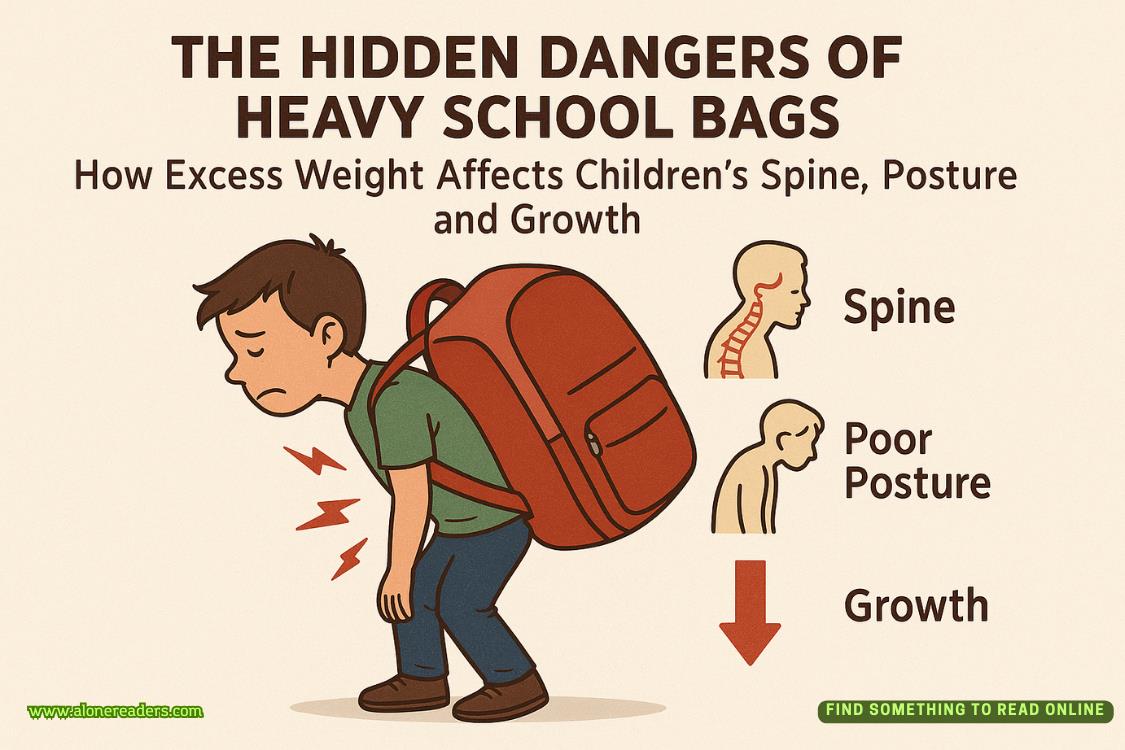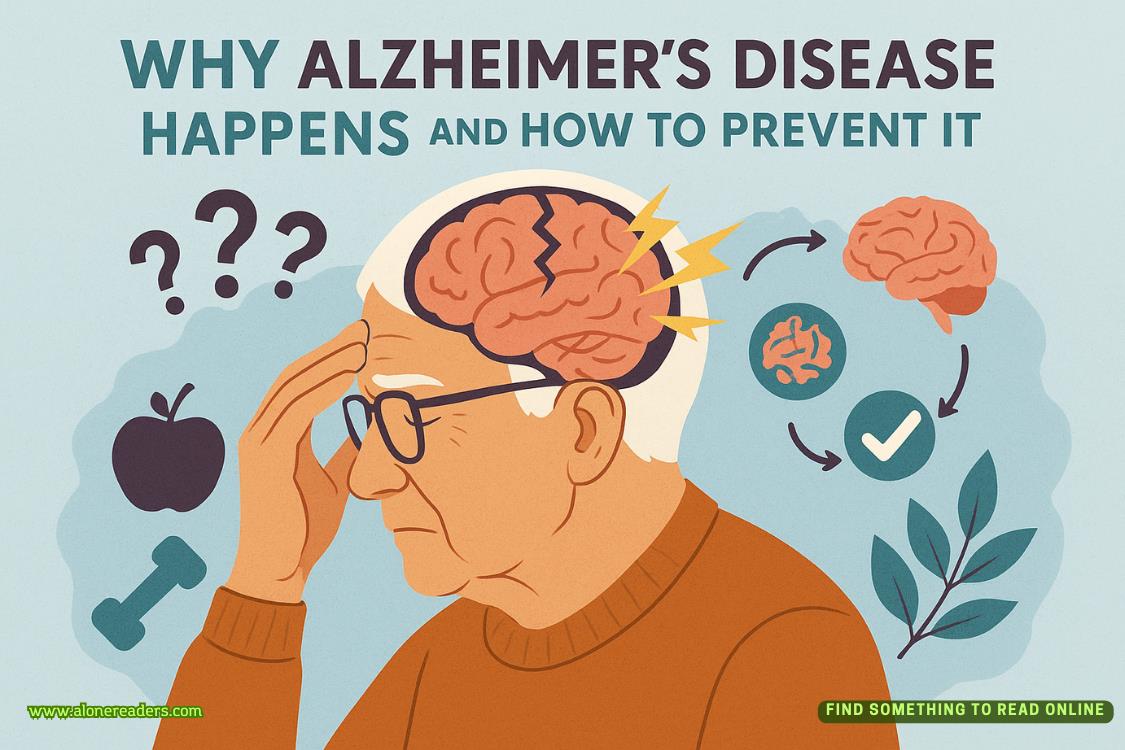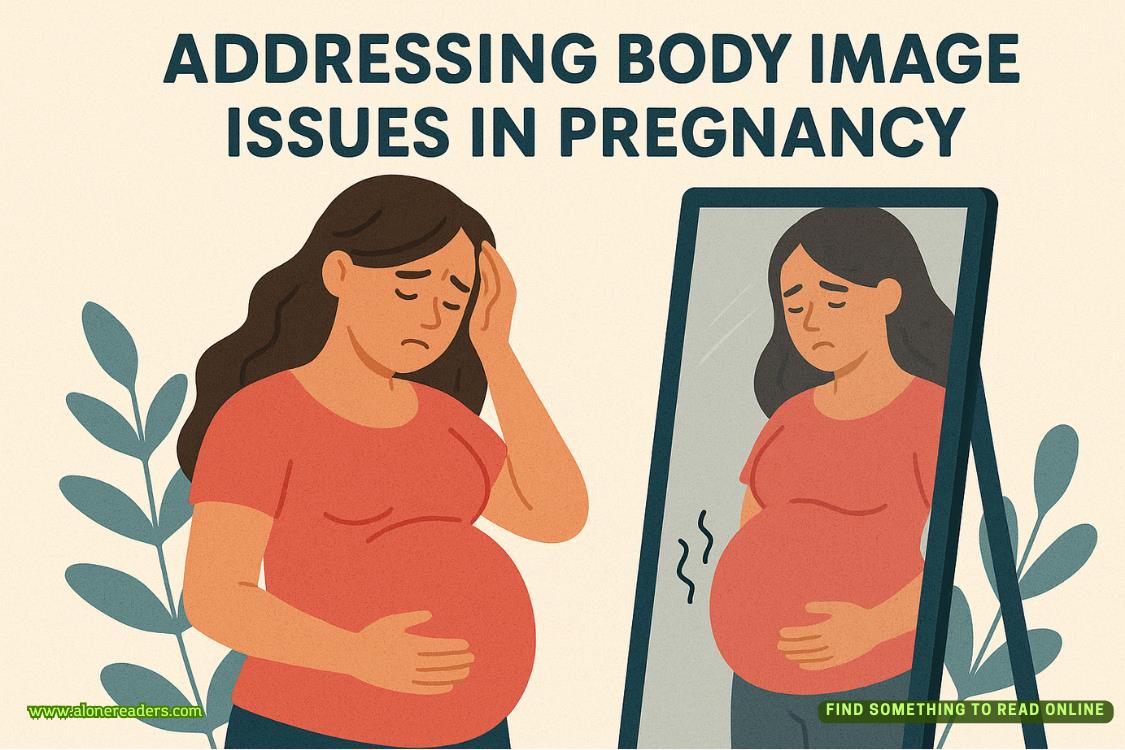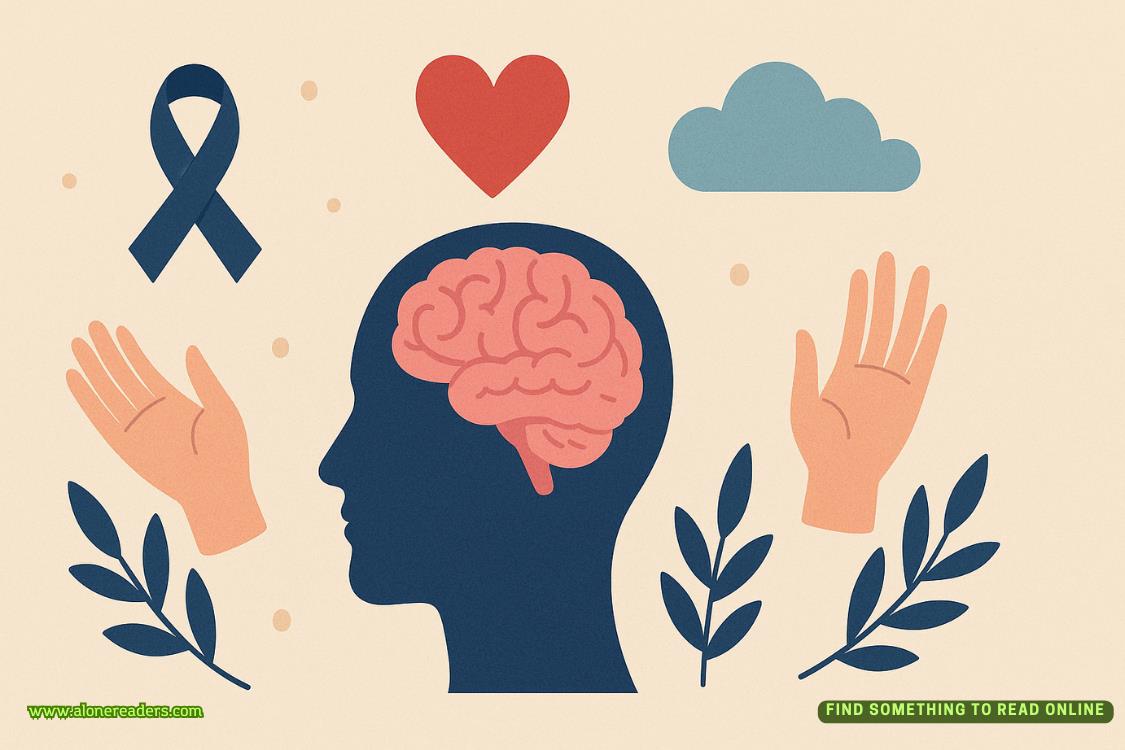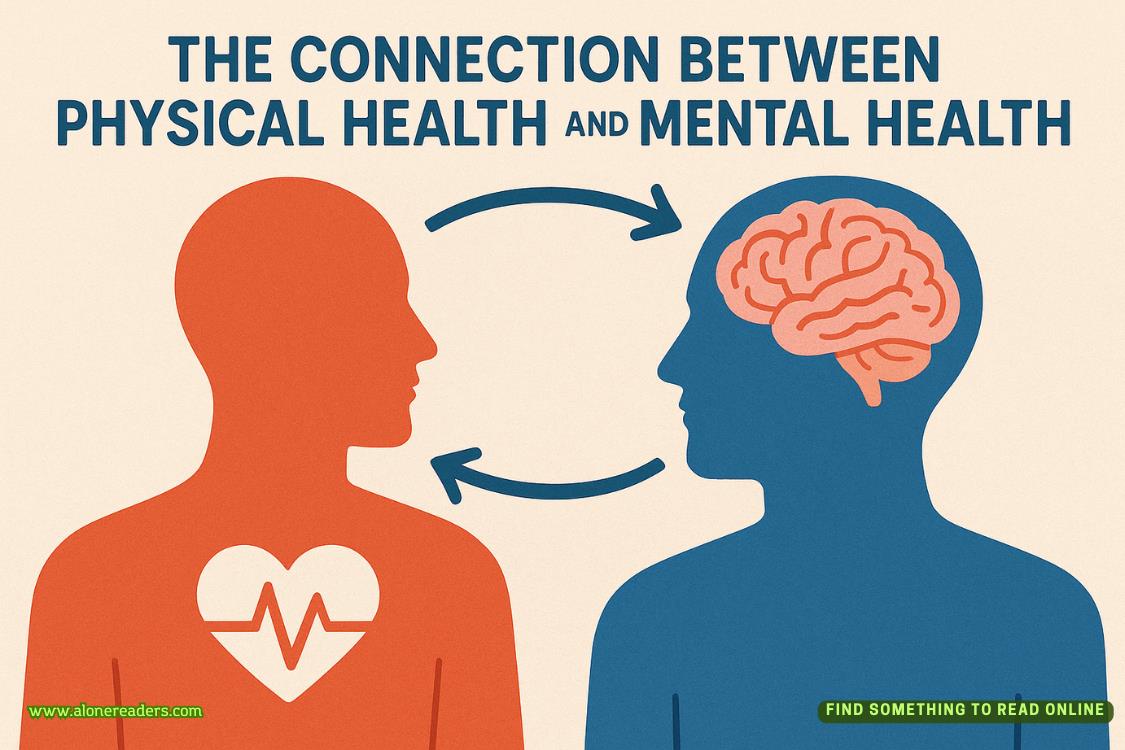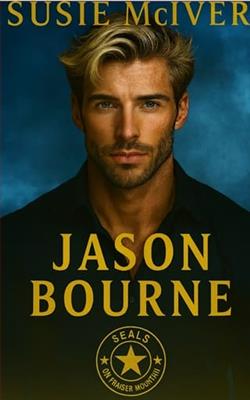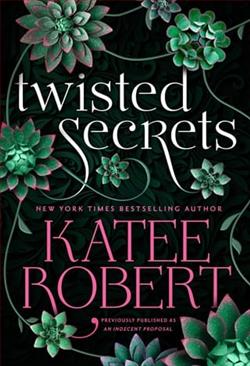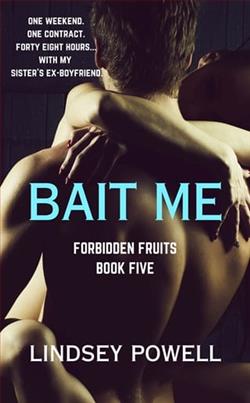Page 5 of Rhythm and Rapture
I serve Kael his pancakes, complete with whipped cream smiley faces, and watch him methodically separate the chocolate chips by size before eating them in ascending order. It's a ritual he's maintained since his first round of chemotherapy, when controlling something—anything—became essential to his sense of security.
"Today marks the scheduled presentation of my molecular theory to my academic cohort," he announces between carefully systematized bites. "I intend to demonstrate how molecular structures function as invisible construction components, similar to Lego systems but operating at the atomic level, and how they constitute the fundamental building blocks of all matter, including the synthetic polymers used in Batman's cape construction."
"Scientifically accurate," I agree, refilling his orange juice. "Don't forget to mention that molecular bonds require specific energy inputs to break, similar to how interpersonal relationships need emotional energy to dissolve."
I could have encouraged him to try to be a child. Talk like a child. View the world from the eyes of a child, but Kael has never had the opportunity to be a child. Sure, we did all the ‘regular’ activities, parks, silly home videos of his first time walking, eating solid foods and the like. But I’m just grateful that with every appointment, every side quest for survival he became more hyper-focused on scientific research and medicine than the grueling pain which comes from treatment after treatment. If I have a genius child that freaks everyone out when they meet him, well, I prefer that someone is afforded the opportunity to even be in his presence. He’s survived. He’s thrived. He would out smart even the worlds best kidnapper. That works for me.
"And that certain molecules achieve optimal stability when bonded with complementary molecules, analogous to how I achieve improved emotional regulation when I'm in your proximity, Mommy."
My chest tightens. Five years old and already a philosopher. "Exactly like that."
After breakfast, I gather our things for the short walk to Stanford campus—one of the unexpected benefits of Kael attending the university's Bing Nursery School is that we leave together each morning, and I don't have to coordinate complex childcare arrangements around my unpredictable schedule. It's designed for faculty and graduate student families, which means his classmates have vocabularies that almost match his and teachers who don't blink when he starts explaining photosynthesis during finger painting. Then I come back to my kitchen, open my laptop, and stare at that deposit notification again.
$47,000.For three hours of work that felt more like performance art than pornography.
The truth is, I love what I do—both versions of it. Teaching chemistry to undergraduates who think molecular structures areabstract concepts with no real-world applications, and teaching a very different kind of chemistry to viewers who appreciate the intersection of intellect and sensuality. There's something deeply satisfying about taking complex scientific principles and making them accessible, whether I'm explaining covalent bonding to nineteen-year-olds or demonstrating the chemical basis of arousal to adults who tip generously for educational content.
But loving something doesn't make it simple. And being good at something doesn't make it easy.
I pour another cup of coffee, open my dissertation files, and try to transition my brain from Hidden Chemist mode to doctoral candidate mode. Today's agenda: revise Chapter 3 of my thesis on targeted drug delivery systems for pediatric cancers, grade undergraduate lab reports, attend my advisor meeting, and pretend I'm a normal graduate student whose biggest concern is defending her dissertation rather than funding experimental treatments for a five-year-old who calls her Mommy.
Normal.Right. Because there's nothing normal about my life, and pretending otherwise is just another performance I've mastered out of necessity.
The thing about chemistry—real chemistry, not the metaphorical kind people write songs about—is that reactions happen when the right conditions align. Pressure, temperature, catalyst, timing. Change any variable, and you get a completely different outcome.
I've spent five years maintaining perfect control over every variable in my life, creating conditions that ensure Kael's survival and my independence. But sitting here in my kitchen, staring at a bank balance that finally looks hopeful instead of hopeless, I wonder what would happen if I let some variables shift.
What kind of reaction might I create if I stopped calculating every risk and started experimenting with possibilities I've been too afraid or too busy to explore?
But that's a hypothesis for another day. Right now, I have work to do—the kind that happens in daylight, with clothes on, in pursuit of a degree that will eventually provide the stability we need.
After all, there's more than one way to be brilliant. I'm just lucky enough to be good at both.
Scientific method, Sabina,I remind myself.Observe, hypothesize, test, analyze, repeat.
The only problem is that life isn't a controlled experiment, and some reactions can't be predicted no matter how carefully you prepare.
But maybe—just maybe—that's not always a bad thing.
Chapter Two
SIX MONTHS AGO
THE COFFEE SHOPAT UNIVERSITY AVENUE AND FOREST SMELLS like burned espresso and crushed dreams, which seems appropriate given that I'm about to have my own personal financial apocalypse in a public space. I've claimed a corner table that's seen better decades, my laptop balanced precariously on a surface that wobbles every time I breathe too heavily, surrounded by a paper ecosystem of medical bills that multiply faster than bacteria in an optimal growth medium.
The latte in front of me cost $3.52, which represents exactly seven percent of my remaining discretionary spending for theweek. I'm not exaggerating—I calculated it twice. When you're operating on a Stanford PhD stipend while managing a four-year-old's cancer treatment, every purchase becomes a complex equation of necessity versus survival.
I take a sip and immediately regret the financial decision. It tastes like liquid disappointment with a foam heart that mocks my current emotional state.
The bill on top of the stack reads $127,000. One hundred and twenty-seven thousand dollars for Kael's initial neuroblastoma staging workup, emergency surgery to remove the primary tumor, and his first round of chemotherapy. The second bill, slightly coffee-stained from my shaking hands, demands $89,000 for the follow-up treatments that didn't work as well as we'd hoped. The third bill—the one that made me actually laugh out loud in the oncology billing office, because sometimes hysteria is the only appropriate response—requests $156,000 for the experimental protocol that might give him a fighting chance.
Three hundred and seventy-two thousand dollars. For treatments thatmighthelp. Notwillhelp.Might.
My grandparents' inheritance covered the first emergency surgery and two rounds of chemotherapy, wiping out their entire life savings in approximately six weeks. The house they left us—our only remaining asset—is worth maybe $180,000 in Palo Alto's insane real estate market, assuming I could stomach putting Kael through the trauma of selling the only home he's ever known while he's fighting for his life.
Which I can't. Obviously.
I pull up my banking app for the third time this hour, as if the numbers might have magically improved through pure wishful thinking. Checking account: $847.23. Savings account: $12.50. (The minimum balance requirement, preserved like some pathetic financial artifact.) Credit cards: maxed out. Studentloans: also maxed out, and specifically exclude medical expenses for dependents in their terms of service. Insurance? Don't make me laugh. They've already fought us on every standard treatment, classifying essential medications as "not medically necessary" and experimental protocols as "investigational rather than life-saving." I've watched them drop families whose children require long-term care, citing "excessive utilization" as grounds for policy cancellation.
